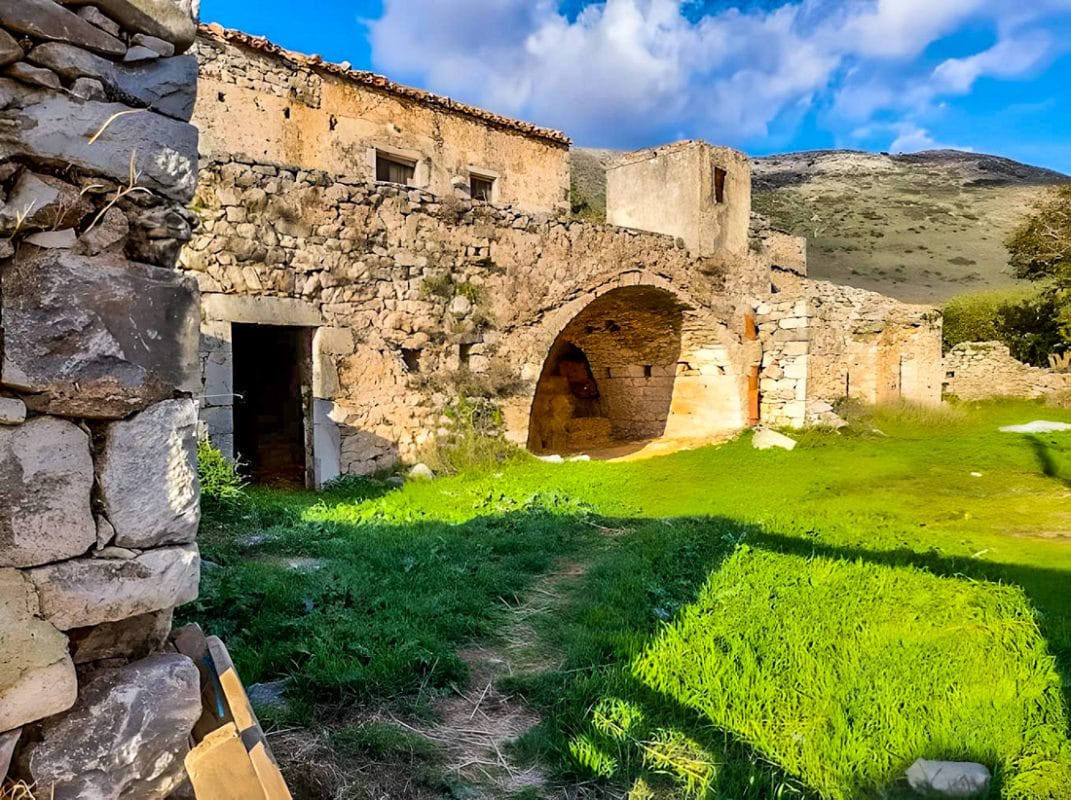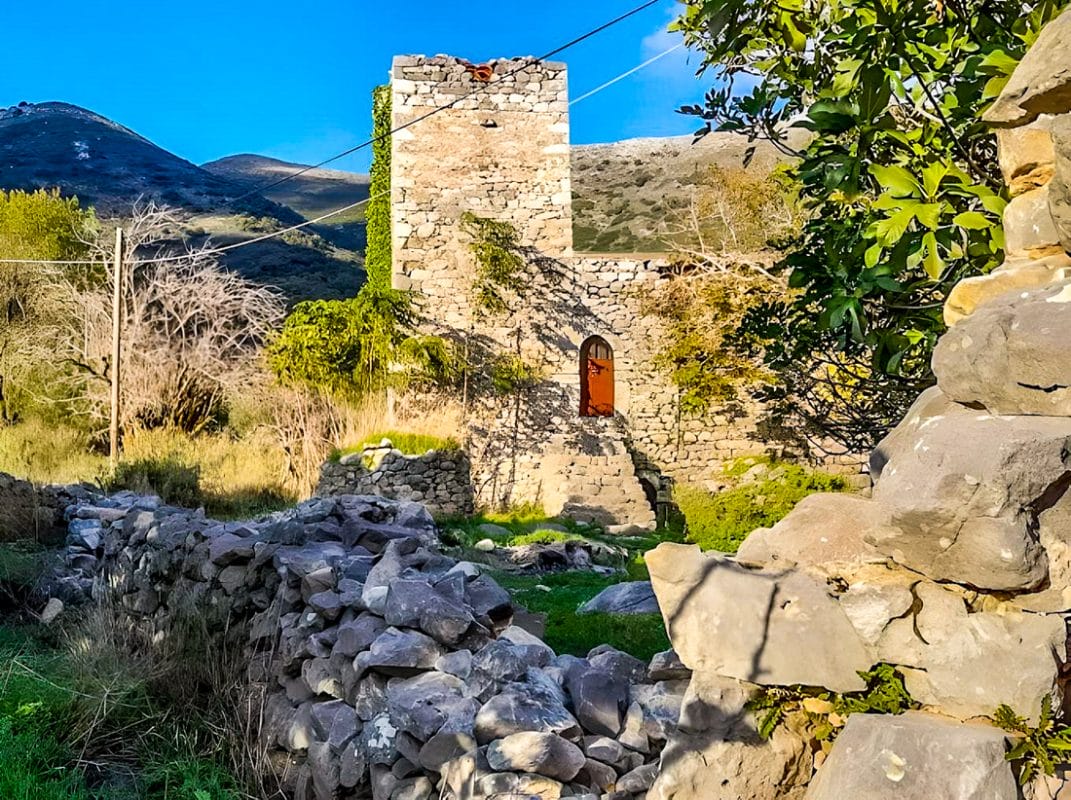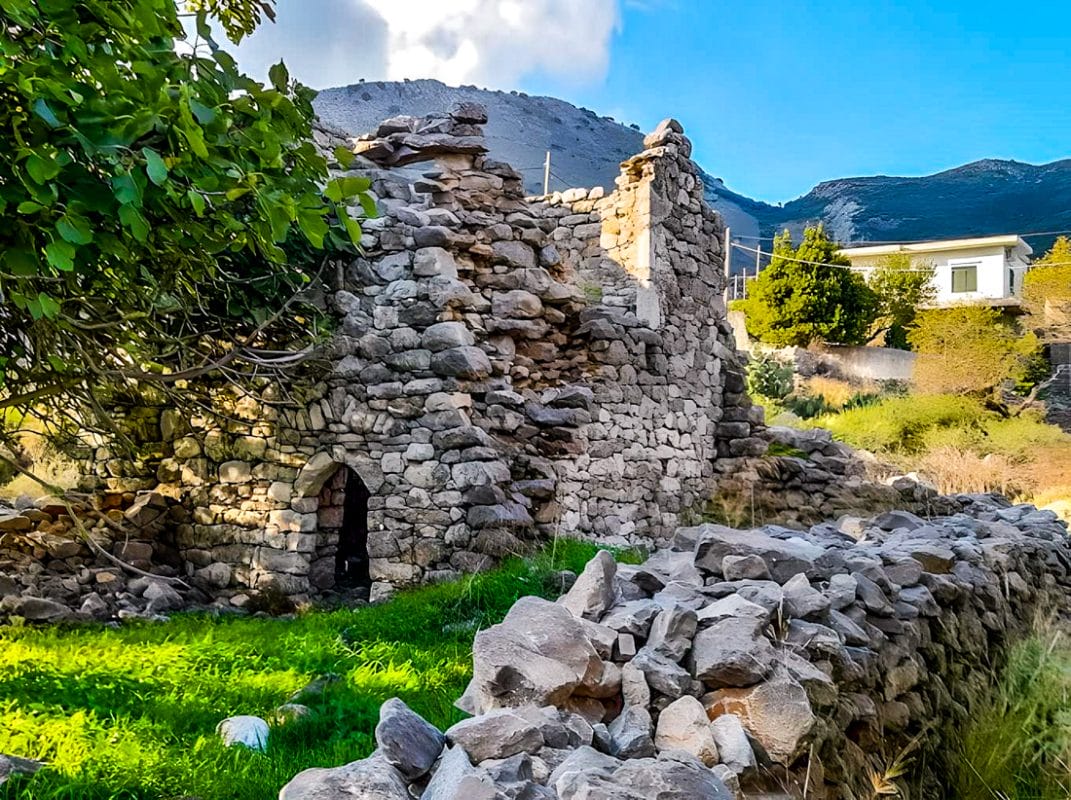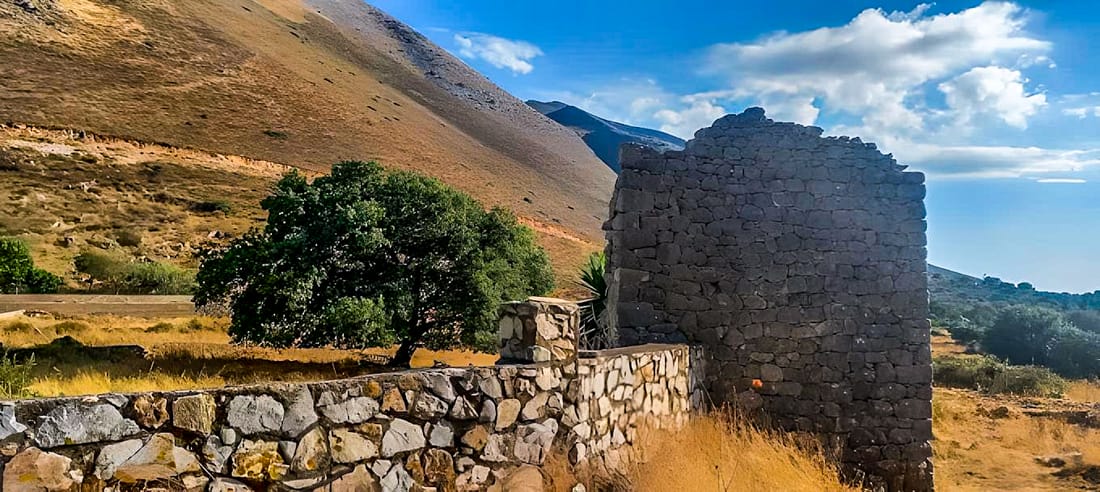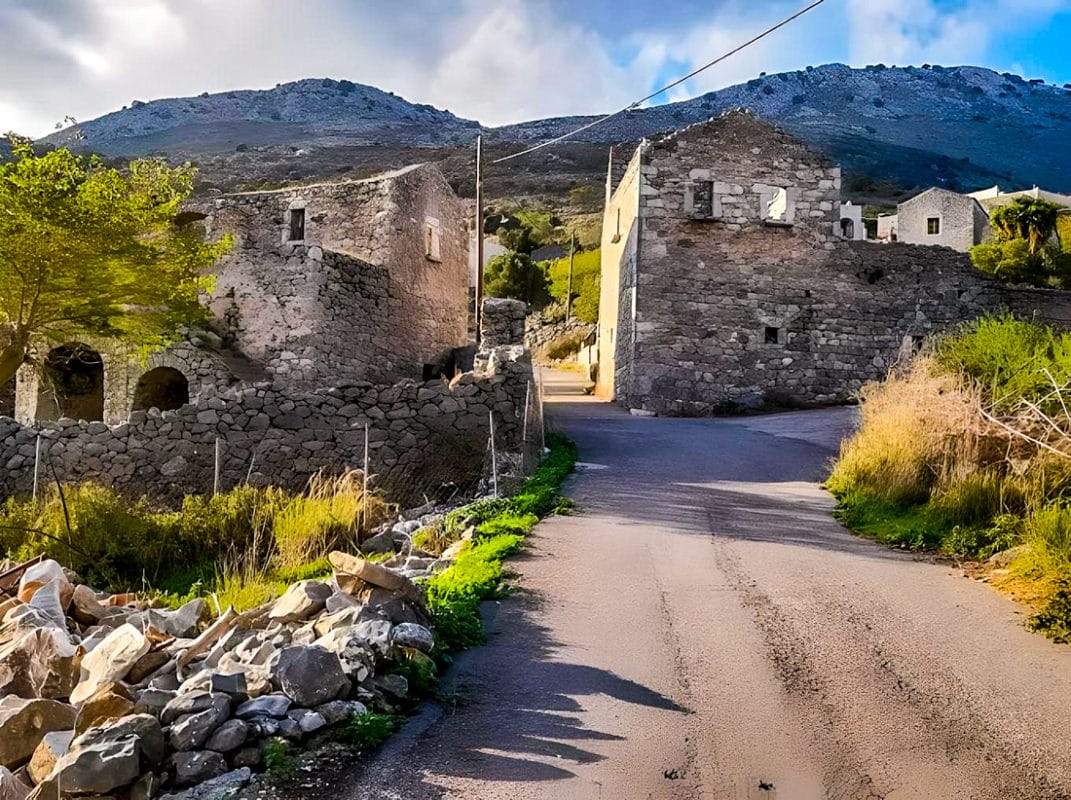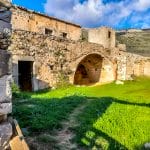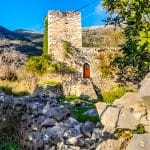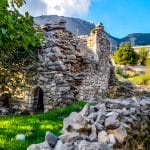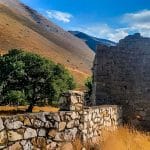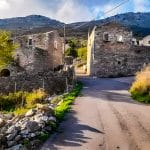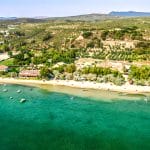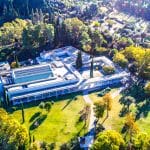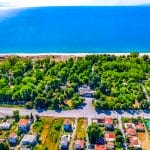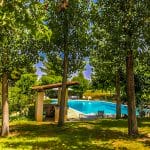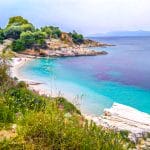Archaeological city of Ancient Pyrrichos
Purrhichos. A town of Laconia, situated about the centre of the promontory ending in Cape Taenarum, and distant 40 stadia from the river Scyras. According to some it derived its name from Pyrrhus, the son of Achilles, according to others from Pyrrhicus, one of the Curetes. Silenus was also said to have been brought up here. It contained temples of Artemis Astrateia and of Apollo Amazonius,–the two surnames referring to the tradition that the Amazons did not proceed further than this place. There was also a well in the agora. The ruins of this town have been discovered by the French Commission near the village of Kavalo, where they found the well of which Pausanias speaks, the torso of a female statue, the remains of baths, and several Roman ruins. Leake observes that the distance of 40 stadia from the Scyras to Pyrrhichus must be measured, not from the mouth of that river, as Boblaye proposes, but from near its sources. Augustus made Pyrrhichus one of the Eleuthero-Laconian towns.
Town situated in the center of the Mama on the only road crossing the peninsula to the S of Gytheion. The city was a member of the Eleutherolakonian League (Paus. 3.21.7 and 25.1). The site has been identified with the modern village of Kavalos (now renamed Pyrrhichos), in the environs of which is a place called Pourko whose name could be seen as derived from the ancient name. The area has not been excavated, and except for a few lintels and reused architectural fragments, nothing is today visible. Some chance finds (inscriptions, coins, etc.) have vanished or have been taken to the museum at Gytheion.
You must be logged in to submit a review.
REVIEWS
Beautiful old buildings, some from the Byzantine era. A special kind of open-air museum.
A beautiful area with many ruins and abandoned houses.
Visited on Weekday
Reservation recommended: No

